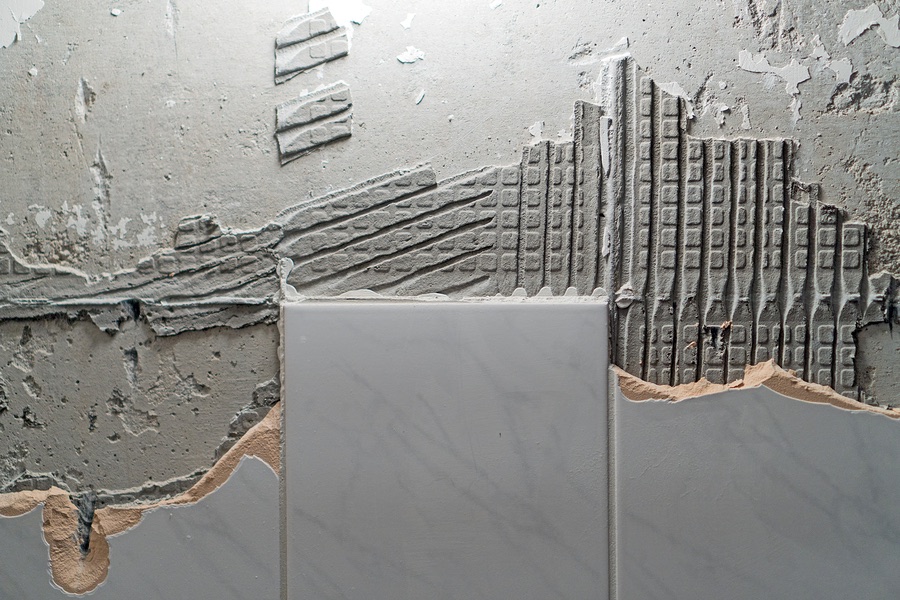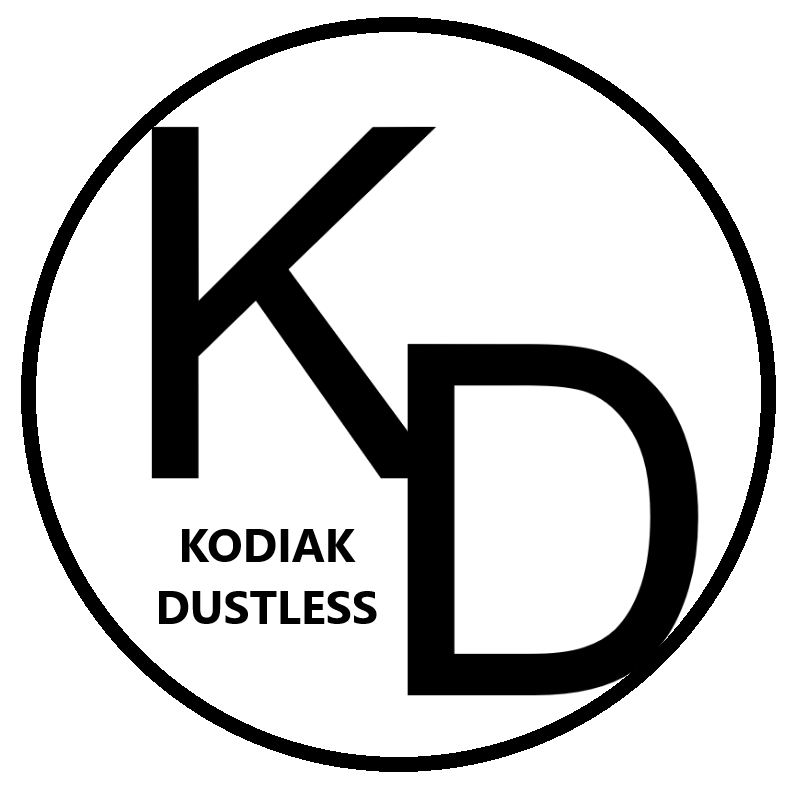
Cleaning the surface and removing dust are only part of preparing a subfloor. It is essential to have it set up so that the bonding process may be tailored to the needs of the subfloor.
It’s best to know what’s required of you for bonding and how to accomplish it correctly.
The steps can ensure the installation’s quality and the longevity of your floors. The assurance that your floor’s cosmetic, structural, or foundation characteristics will not be harmed comes from proper bonding.
Here you can learn more about bonding and how Gilbert dustless tile removal experts can help get the best floor for any installation around your home.
What Does the Term “Bonding” Mean?
Adhering flooring materials to the subfloor is known as bonding. This includes using an all-purpose adhesive that aids in the proper placement of the material.
This will ensure that the flooring lasts a long time and does not break down because of structural issues if done correctly.
Mistakes are expected when the wrong type of adhesive is employed or the dangerous environmental circumstances. Therefore, it’s essential to understand what makes up proper floor bonding and incorrect floor bonding.
Moisture-Resistant Configuration
The bonded material may begin moisture from the environment to seep through. This might lead to a situation where moisture compromises the flooring’s stability and overall structural integrity.
If this continues, the flooring may expand, leading to fracture. It’s essential to have a moisture-resistant setup, which includes controlling the humidity amount in the room. Otherwise, moisture can become a fundamental problem as time passes.
Always pay an eye out for high moisture levels in the room. This can be a warning sign of future challenges for the glued floor.
Thorough Preparation
The subfloor preparation is just as necessary as any other step. A complete dust removal solution can make in this situation. The flooring material becomes more challenging to adhere to the subfloor if the floor is not adequately prepared.
As a result, a Dustless tile removal is a fantastic option for subfloor preparation. It aids in the removal of all dust from the surface and creates a clean slate for the new flooring material.
Maintain a constant temperature
When it comes to the bonding of floors, environmental heat is a regular worry. Adhesion can be harmed if the room’s temperature isn’t kept consistent.
For example, the wood may shrink rapidly if the room is arid. This shrinking causes gaps in the flooring, leading to a slew of structural problems. Flooring that begins to move or become unstable is an excellent example.
The most important reason for maintaining a proper temperature while bonding floors is longevity. The harder it is to maintain the flooring material as it shrinks.
Get Help From Mesa Dustless Tile Removal
Floors that are adequately bonded to the subfloor will always have total adhesion to the subfloor.
The adhesive will not shift due to environmental changes and will remain connected to the subfloor. This indicates that the bonding was done correctly and properly prepared the surface.
It also includes a clever idea to use an adhesive compatible with the mineral base. If you don’t, your flooring will become unstable and difficult to maintain. These minor nuances might make or break a flooring’s proper bonding.
To be sure you have the number one flooring company, you can Contact Kodiak Dustless or fill in the compact form for a direct reply.
You can check out customer reviews here, ‘SoTellUs’ and the for more information.

